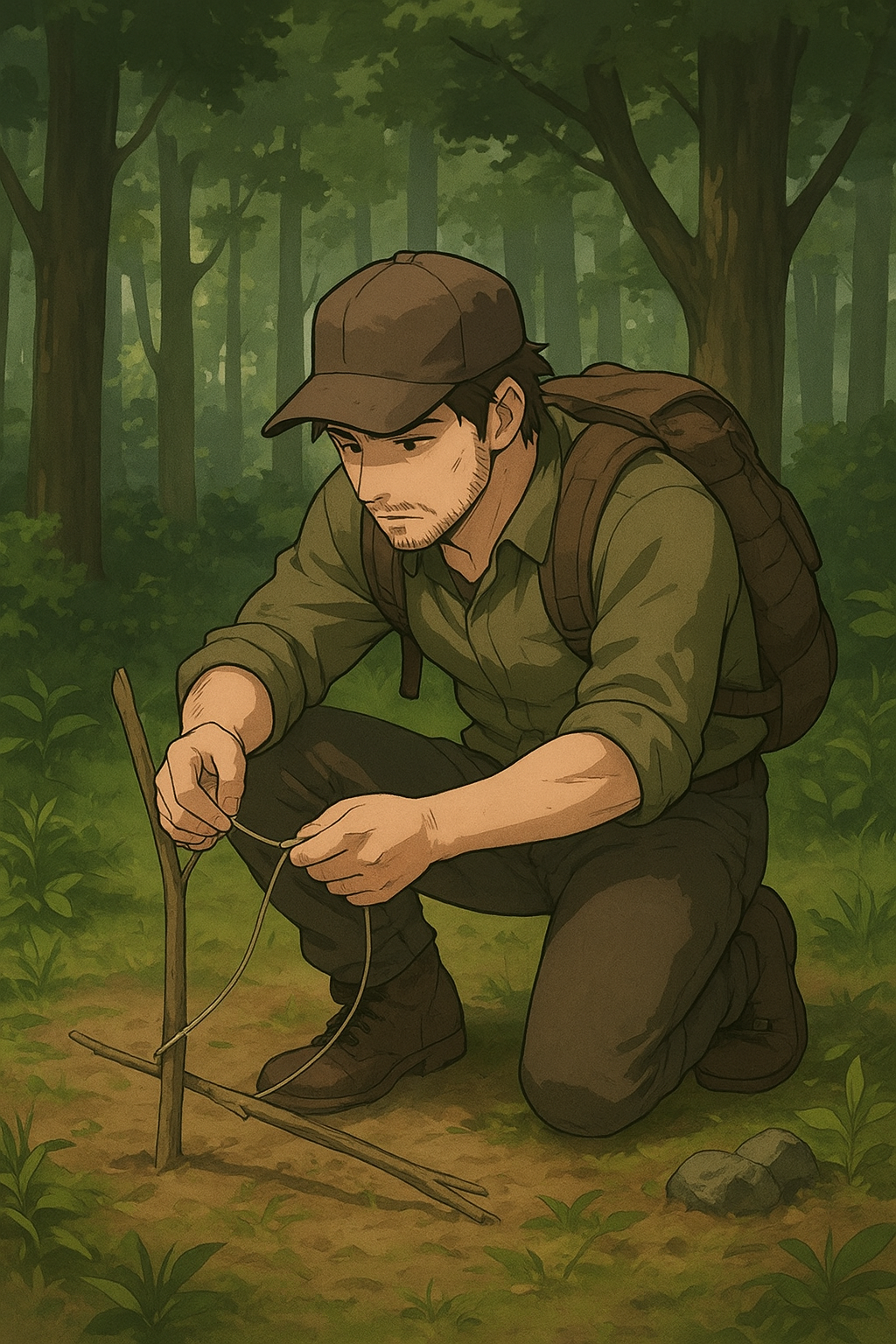Survival in the wilderness demands adaptability, resourcefulness, and a deep understanding of your environment. When food is scarce, foraging for plants and berries may not supply the calories your body needs to maintain energy and strength. This is where hunting and trapping come into play. By securing protein-rich food, you’re not only addressing your physical needs but also reinforcing your ability to endure challenging situations. These skills are essential tools that can transform a survival scenario from a test of endurance into a manageable task.
Why Hunting Matters in Survival
When it comes to survival, hunting provides access to some of the most nutrient-dense food sources available in the wild. Meat is packed with calories and protein, offering long-lasting energy that is often difficult to obtain from plants alone. Beyond nutrition, hunting also has a practical edge: even a small animal can sustain you for multiple days when prepared and rationed properly.
Hunting isn’t just about sustenance—it’s a psychological boost. Successfully catching your own food builds confidence and sharpens your instincts, helping you stay focused under pressure. It’s a reminder of the resilience that humans have relied on for millennia and an empowering realization that you can navigate the natural world with purpose and skill.
Basic Principles of Survival Hunting
When hunting for survival, efficiency is critical. You want to conserve as much energy as possible while increasing your chances of success. Here are three key principles to follow:
1. Conserve Energy
Hunting can be physically demanding, and if not done carefully, you may burn more calories than you consume. Instead of relying on active pursuit, focus on passive methods like traps and snares that work for you while you rest. Carefully plan your efforts and aim to maximize output with minimal energy expenditure.
2. Understand Animal Behavior
Recognizing the patterns of animal behavior is crucial for identifying opportunities. Pay attention to signs such as footprints, droppings, or broken vegetation, as these indicate where animals move. Water sources often serve as gathering points, while small, worn trails in the grass can lead to feeding areas. Observing these details helps you anticipate where your prey is likely to be, allowing you to plan more effectively.
3. Use Improvised Tools
In the wilderness, you may need to rely on tools you can create yourself. For example:
- Spears: Sharpened sticks hardened over fire can be used for small game or fishing.
- Bows: While crafting a bow and arrows requires time and effort, they provide a reusable and versatile hunting option.
- Throwing Sticks: These simple tools are effective for stunning smaller animals like birds or rabbits.
With practice and creativity, these tools can be surprisingly effective for securing food.
Trapping Basics
Traps are one of the most reliable ways to secure food in survival situations because they allow you to conserve energy while increasing your chances of success. By setting traps in multiple locations, you let the environment work for you while you focus on other tasks. Here are three basic types of traps to consider:
1. Snare Traps
Snare traps are made from a loop of cord, wire, or other materials that tighten when an animal moves through it. They’re particularly effective for catching small game like rabbits or squirrels. Place snares along animal trails or near feeding areas for the best results.
2. Deadfall Traps
Deadfall traps use a heavy object, such as a rock or log, held up by a trigger stick. When an animal disturbs the trigger, the heavy object falls, killing or trapping the prey. These traps are simple to construct and highly effective for catching small prey.
3. Fish Traps
If you’re near a body of water, fish traps are an excellent option. Construct funnel-shaped barriers using sticks, rocks, or other materials to direct fish into a confined area from which they cannot escape. This passive method allows you to collect fish over time with minimal effort.
💡 Tip: The more traps you set, the higher your chances of success. Diversify the placement and type of traps to cover more ground and increase efficiency.
Safety and Ethics in Survival Hunting
While survival situations may require hunting, it’s important to approach this practice with respect and consideration. Every life taken should serve a purpose—take only what you need to sustain yourself, and avoid unnecessary harm. In non-survival situations, hunting is often subject to strict legal regulations, including the requirement for permits and adherence to ethical guidelines. Always be mindful of these rules and understand that the knowledge shared here is intended for emergencies, not recreational use.
Additionally, ensure that your safety comes first. Use tools and traps with care to avoid injury, and remain aware of your surroundings at all times. Navigating the wilderness requires a balance of caution and decisiveness, especially when dealing with sharp tools or unpredictable wildlife.
Final Thoughts on Hunting and Trapping for Survival
Hunting and trapping are not only survival skills but also profound exercises in resilience and resourcefulness. In a survival scenario, the ability to secure protein-rich food can be the key to maintaining your energy, strength, and focus. Alongside foraging, these techniques provide a balanced and effective approach to food security in the wild.
Even if you never find yourself in a true survival situation, learning these skills can deepen your connection to the natural world. They offer a sense of self-reliance and an appreciation for the ingenuity and adaptability that humans have practiced for thousands of years. In the wilderness, knowledge isn’t just power—it’s survival.

